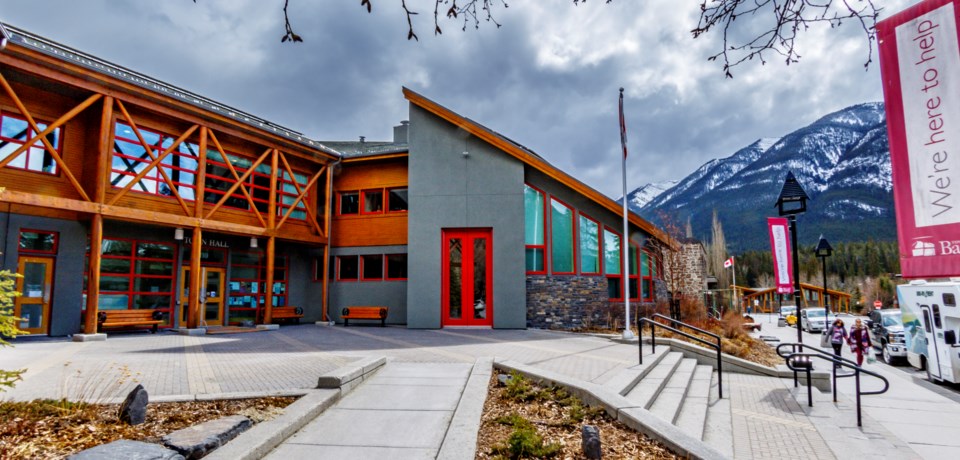BANFF – Banff council is considering legislative changes to increase residential density and development as part of a plan to deal with the tourist town’s housing crunch.
Administration has been looking at potential revisions to the land use bylaw to encourage the development of rental housing based on marching orders from council in its 2019-22 strategic plan.
Development planner Eric Bjorge said the proposed amending bylaw focuses on relatively simple or housekeeping amendments that aim to lift current barriers for developing duplex, triplex, fourplex, and apartment housing.
“We feel they will all have an incremental effect on the ability of sites to accommodate increased housing density,” he said during a governance and finance committee meeting on Feb. 22.
“We’re striving to balance the need for housing with other concerns such as neighbourhood character, noise, traffic flow and esthetics.”
The proposed amendments include revised entrance location standards for duplex, triplex and fourplexes; increased flexibility for off-street parking stall locations for all housing types; increased maximum site coverage for accessory developments containing an accessory dwelling and clarifying permitted locations and revise parking standards for accessory dwellings.
In addition, revised environmental site assessment standards for housing in the industrial compound and clarifying minimum lot size of condominium developments are up for discussion, among others.
Councillor Peter Poole voiced concern on the suggestion to increase flexibility for off-street parking stall locations, fearing a loss of green space on properties that will be taken over by trucks and trailers.
“Architects spend a lot of time thinking about urban design – and that’s raising a caution flag for me at this point,” he said.
Bjorge agreed there are tradeoffs with these proposed amendments.
“We’re trying to find the balance of what’s acceptable in terms of accommodating extra density while not sacrificing too much urban design quality,” he said.
“It’s a matter of taste and preference in a lot of cases, but we’re trying to suggest this may be an opportunity to change those standards.”
Dave Michaels, the manager of development services for the Town of Banff, said these requirements have proven challenging for housing developers over time.
“These specific requirements have actually been in the land use bylaw since 1992, so density at that time was substantially less than it currently is,” he said. “We have brought these to council because these are things we’ve seen have been a challenge.”
The 2012 housing needs study noted the Banff’s near-zero rental vacancy rates, affordability challenges and a shortage of both rental and for-purchase units as a challenge for Banff.
A community social assessment in 2018 found that cost of living, including affordable housing, was the priority issue. It concluded 29 per cent of households in Banff spend more than 30 per cent of their income on housing – generally considered to be the threshold of affordability – compared to 11 per cent of households province-wide.
The most recent data indicates that as of 2019, the Town of Banff had a housing shortfall of 308 dwelling units, factoring in targets for reduced overcrowding and a target vacancy rate of three per cent.
Based on the 2017 census and recent construction activity, Bjorge said approximately 723 additional dwelling units are required between before 2027.
“Despite uncertainty caused by the COVID-19 pandemic, administration believes that the conditions behind the projected housing shortfall and affordability challenges have not fundamentally changed,” he said. “Affordability is anticipated to be a challenge that will continue to require attention in the long term.”
Bjorge said that given Banff’s fixed land base within Banff National Park, the efficient use of scarce land to maximizing housing supply is the primary objective to address affordability.
“However, this must be balanced with design standards to ensure that housing density does not compromise the character of our national park setting, or quality of life for our residents,” he said.
The proposed amendments to the land use bylaw to encourage housing development will be brought to council for first reading and to set a date for a subsequent public hearing.
“These are draft amendments and there will be plenty of opportunity to add and subtract and tweak these suggestions,” Bjorge said.
More complex policy issues will be discussed over the coming year or two.
They include a comprehensive off-street parking and required housing review; development standard and density bonusing for affordable developments; target specific land use districts for further residential intensification as a few examples.




